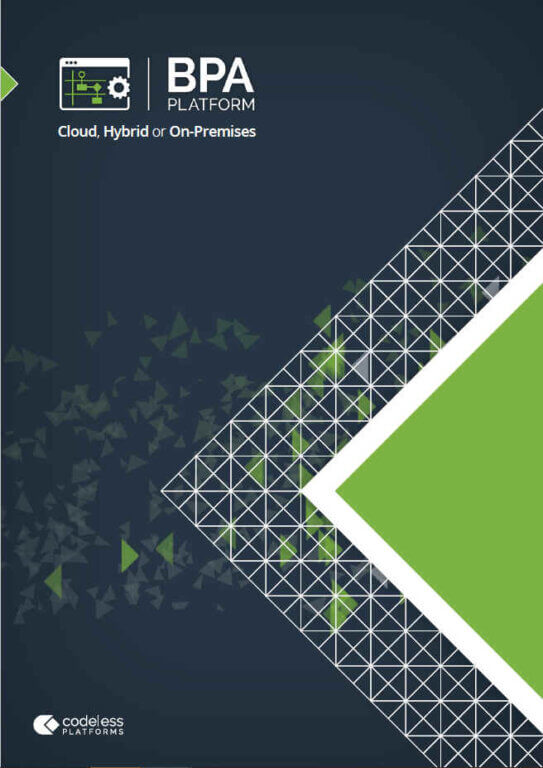Now it’s taken a little while to sink in, what is next for businesses facing Sage 1000 end of life?
As announced back in April 2022, Sage is ending support for Sage 1000 and Sage Line 500 by the end of 2024.
Although it will be issuing five year licenses to businesses running the software, many businesses will obviously be considering migrating to a new platform.
Whether this is another Sage product – Sage Intacct, Sage 200 or Sage X3 – or something completely different, remains to be seen.
However, whichever ERP system is selected, it does present an opportunity for these organisations to re-evaluate the way that they operate by embracing new technologies and improving business processes, which can help reduce waste, improve efficiencies and increase profitability.
Planning a Sage 1000 end of life data migration strategy
Businesses really need to start planning their Sage 1000 end of life data migration strategy as soon as possible. They need to quickly identify their business goals and objectives and target the tools and resources that will be required to achieve that.
The data migration process will obviously be the main cause for concern when switching to a new ERP system, due to the amount of data that will need to be transferred. Although this does provide the ability to perform a deep cleanse of the data, eradicating any duplications and correcting errors.
Some of the problems that may be encountered during a data migration project include:
- Data loss: If data is not transferred correctly it could result in data loss or corruption.
- Data incompatibility: The format of the data being migrated may not be compatible with the new system.
- Data integrity: Migrated data may not retain its original structure or relationships, which can affect data consistency and accuracy.
- Time and cost: Data migration can be time-consuming and costly, especially if the data is large or complex.
- Security risks: Data migration may pose security risks, as sensitive information may be exposed during the transfer process.
- Downtime: The process of data migration may result in downtime for applications or systems that rely on the data being transferred.
System integration and data synchronisation
The real issue facing organisations is connecting all the other applications and services that they rely upon to a new system. System and data integration therefore needs to be a key factor when designing the migration strategy and creating a new operating environment.
Having a dedicated platform, such as BPA Platform, that has the tools and connectors to rapidly connect disparate SaaS products and services, such as CRM, eCommerce, EDI, payment systems, courier services, warehouse management systems etc., will be essential in the project.
BPA Platform can provide a robust and flexible integration and business process automation solution, whether the organisation requires on-premises or cloud-based integration, or needs to create a hybrid environment.
If migrating to another Sage ERP system, such as Sage Intacct, a dedicated connector can then quickly integrate with a wide range of applications, databases and web services, and then automate numerous business processes.
An integration and automation solution can therefore help with data migration by streamlining the process, reducing errors, and minimising the risk of data loss.
- Integration: Integrating the old and new systems can help ensure that the data is transferred accurately and consistently. This may include mapping the data from the old system to the new one and establishing automated data transfer processes.
- Automation: Automating the data migration process can help minimise the risk of data loss or corruption and reduce the time and effort required for manual data entry. Automated tools can validate data during migration, perform data transformations, and perform data reconciliation after the migration is complete.
- Data quality: Automated tools can also help ensure the quality of the data being migrated, by identifying and resolving data discrepancies and duplicates before migration.
- Data consistency: Automation can also help maintain data consistency and relationships during the migration, by preserving the links between related data elements.
- Increased efficiency: Automating the data migration process can help increase the efficiency of the migration and reduce the risk of downtime, allowing the organisation to continue operating while the migration is underway.
“The implementation lifecycle for a Sage Intacct project has completely changed. We’ve moved from a six-month project to a matter of weeks. Prior to BPA Platform, the development team would discuss the requirements, start building code and then carry out testing. It was a lengthy process, often quite expensive and introduced an element of risk, as they were starting from scratch. However, with BPA Platform, we now have a platform that we know we can rely on and potentially reuse elements. Then there are all the connectors for BPA Platform which enable us to easily connect to third-party systems without the headache of contacting the developers and writing something different each time,” explained Dan Clibbens, Operations Director, Percipient.
For any Sage 1000 customers thinking about migrating to a new system, it will definitely be worth discussing your business goals and objectives with a competent partner, especially one that knows how to exploit integration and automation. Call us on +44 (0)330 99 88 700 to discuss your integration requirements and possible options.



